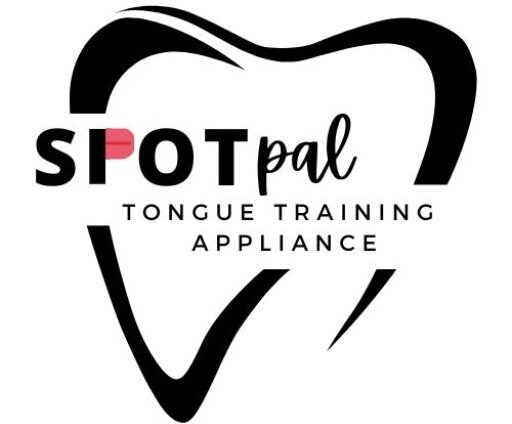The importance of proper tongue resting posture
The most optimal resting posture for the tongue is the tongue tip at the incisive papilla with the rest of the tongue in a light suction to the roof of the mouth. The tongue is positioned up on the roof of our mouth, and directly behind our front teeth. This tongue placement allows adequate airflow for nasal breathing. Nasal breathing is optimal because it delivers warm, filtered air to the body and serves as the first line of defense against pathogenic invasion by bacteria and viruses in the air. According to Bartley (2014), the nose contains structures called turbinates, which are responsible for humidifying, heating, and filtering air inhaled through the nose. This is key for managing and reducing upper respiratory infections. The alternative to nasal breathing is mouth breathing, which is shown to have a myriad of adverse effects during development. According to Swarthout (2022), mouth breathing may lead to dental and facial deformities, as well as malocclusion development. Mouth breathing can also cause dry mouth, gingivitis, halitosis, and tooth decay. Additionally, systemic problems due to mouth breathing include declining cardiovascular health, low sleep quality, fatigue, systemic inflammation, poor academic performance, and declining emotional health. The Spot Pal appliance can support proper oral resting posture, which in turn, can encourage nasal breathing. The Spot Pal can correct the tongue’s resting posture with its precisely placed spot dot that serves as a tactile cue for the tongue while resting. By targeting appropriate tongue resting posture, the Spot Pal is maximizing the space in the airway and encouraging nasal breathing.
Bartley, J. (2014). Nasal influences on breathing. Recognizing and Treating Breathing Disorders, 45-50.
Swarthout, K. (2022). Oral and systemic effects of breathing patterns: Nasal breathing vs. mouth breathing.
